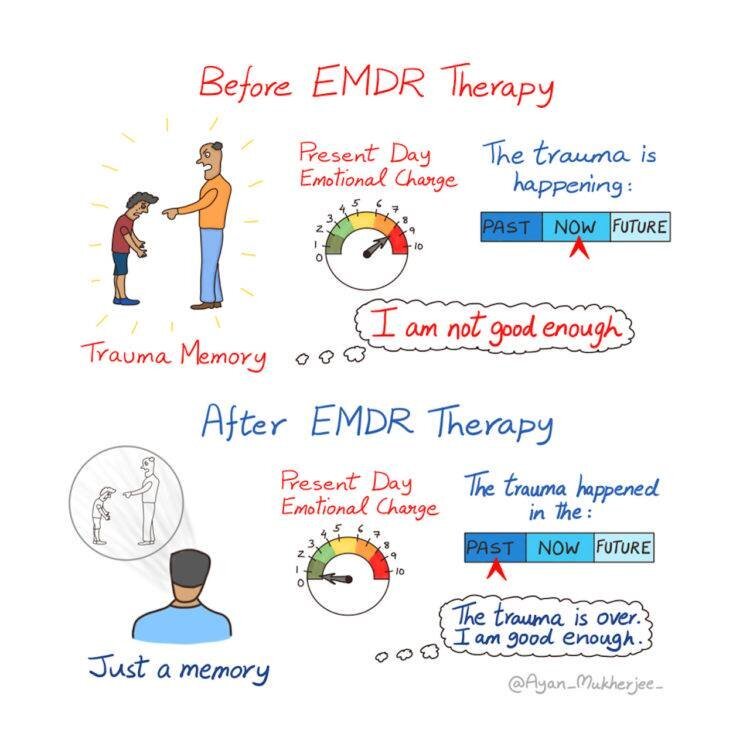
EMDR.
What is EMDR?
EMDR, or Eye Movement Desensitization and Reprocessing, is a type of therapy that helps the brain heal from difficult experiences like trauma, PTSD, anxiety, and phobias. It works by using a technique called bilateral stimulation, which means doing something with both sides of the body, like moving your eyes back and forth. This helps make bad memories feel less intense and supports mental healing. EMDR is known for being very effective and can help with many emotional and mental health issues, making it a useful tool for improving emotional well-being.
How Does EMDR work?
EMDR therapy is based on the idea that our emotions are closely connected to our physical state. It uses bilateral stimulation, like moving your eyes side to side, tapping your hands, or hearing sounds in both ears. This helps activate the brain's pathways to process information, making distressing memories less intense. By doing this, EMDR allows the brain to reprocess and reduce the impact of these trapped memories, leading to less psychological distress.
Who Can Benefit from EMDR Therapy?
Individuals with PTSD (Post-Traumatic Stress Disorder): Effective for those affected by violence, natural disasters, or traumatic losses.
Victims of Abuse: Supports recovery from sexual, childhood, and emotional abuse impacting current life.
People with Anxiety Disorders: Aids in managing panic disorders, phobias, social anxiety, and general persistent anxiety.
Those Experiencing Depression: Helpful for issues stemming from unresolved traumas or chronic dissatisfaction.
Survivors of Childhood Neglect: Assists individuals suffering long-term emotional pain due to early neglect or abandonment.
Individuals Struggling with Grief and Loss: Offers support for those overwhelmed by grief or stuck in the grieving process.
First Responders and Veterans: Provides relief for those experiencing ongoing distress from traumatic work-related experiences.
Persons with Dissociative Disorders: Facilitates integration of dissociative parts resulting from severe trauma.
Individuals Suffering from Somatic Symptoms: Addresses chronic pain and other symptoms without clear physical diagnoses.
Athletes Facing Performance Anxiety: Helps athletes overcome mental blocks and anxiety related to sports performance.
Professionals and Students with Concentration Issues: Improves focus for those affected by underlying anxiety or emotional disturbances.
People with Eating Disorders: Supports those who overeat when stressed or struggle with body image issues.
Individuals with Anger Management Issues: Reduces frequent anger outbursts and persistent frustration.
Those with Relationship Issues: Helps improve assertiveness and resolve conflicts within relationships.
Individuals Experiencing Sexual Dysfunction: Addresses psychological issues often connected to past trauma or anxiety.
Persons Experiencing Frequent Panic Attacks: Provides strategies to manage and reduce frequent panic episodes.
Start Your Healing Journey with EMDR
Ready to move past your trauma and embrace a brighter future? Schedule your first EMDR session with Storyroad Therapy today. Click the link below to begin your journey toward healing. At Storyroad Therapy, we are committed to supporting you every step of the way.
“Eye Movement Desensitization and Reprocessing (EMDR) is an integrative psychotherapy approach that has been extensively researched and proven effective for the treatment of trauma. EMDR is a set of standardized protocols that incorporates elements from many different treatment approaches. To date, EMDR therapy has helped millions of people of all ages relieve many types of psychological stress.”
— EMDR International Association (EMDRIA)
“Eye Movement Desensitization and Reprocessing (EMDR)
More Information on EMDR
In an EMDR therapy session, you can expect a structured process that carefully targets and treats distressing memories and emotional difficulties. Here’s what typically happens during a session:
1. Review and Set the Focus: At the beginning of your session, your therapist will review your progress from previous sessions and discuss any new areas of concern. This helps to set the focus for the current session.
2. Preparation: Your therapist will help you feel prepared to face the emotional content of the therapy. You'll be guided through relaxation techniques, visualizations or other coping mechanisms to help you manage any distress that arises during the session.
3. Identification of Target Memory: You and your therapist will select a specific memory to focus on. You’ll identify the most vivid image associated with that memory, the negative belief you hold about yourself related to this memory, and the emotions and body sensations tied to it.
4. Desensitization: This phase involves focusing on the memory while simultaneously receiving bilateral stimulation (typically through guided eye movements, auditory tones, or taps). This process helps decrease the emotional impact associated with the memory.
5. Installation: The goal here is to strengthen a positive belief about yourself to replace the negative belief associated with the memory. This phase reinforces positive thinking patterns.
6. Body Scan: After working through the memory, you will be asked to notice any residual physical sensations when thinking about the incident. These sensations are then specifically targeted in further reprocessing steps.
7. Closure: No matter where you are in the process, the session will end with a closure phase to make sure you feel grounded and safe before you leave. You’ll be guided back to a state of emotional equilibrium using the techniques learned in the preparation phase.
8. Reevaluation: At your next session, your therapist will check to see if the distress associated with the targeted memories has decreased and whether your positive beliefs have strengthened. This helps to evaluate your progress and plan future sessions.
EMDR sessions are designed to be flexible and responsive to your needs as you process your experiences. Your therapist will work closely with you to adjust the pace and focus of the therapy, ensuring a safe, supportive, and effective treatment journey.
Would you like further infomation on EMDR therapy? Visit the official EMDRIA website: https://www.emdria.org/about-emdr-therapy/experiencing-emdr-therapy/
Eye-Movement Desensitization and Reprocessing (EMDR)
“Eye Movement Desensitization and Reprocessing (EMDR) is an integrative psychotherapy approach that has been extensively researched and proven effective for the treatment of trauma. EMDR is a set of standardized protocols that incorporates elements from many different treatment approaches. To date, EMDR therapy has helped millions of people of all ages relieve many types of psychological stress.” — EMDR International Association (EMDRIA)
Intensive EMDR
EMDR intensives are meant to accelerate the process of healing by using prolonged individual sessions, yet in a short period of time. An intensive EMDR program might be good for you if:
You’re busy and don’t have time to commit to weekly sessions.
You’d like quick results in therapy.
You’ve already spent time in talk therapy and progress is moving too slowly.
Neurofeedback
Coming soon.






